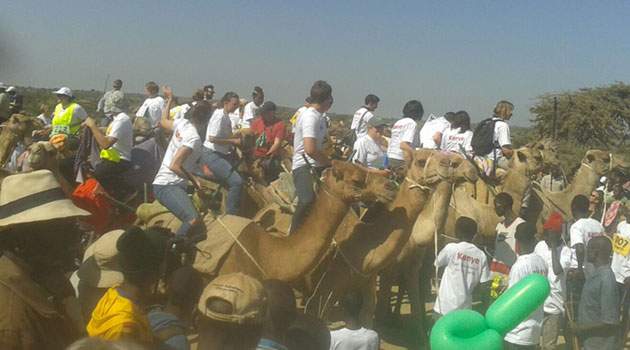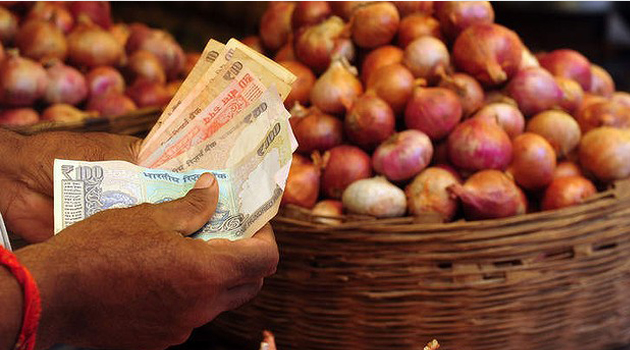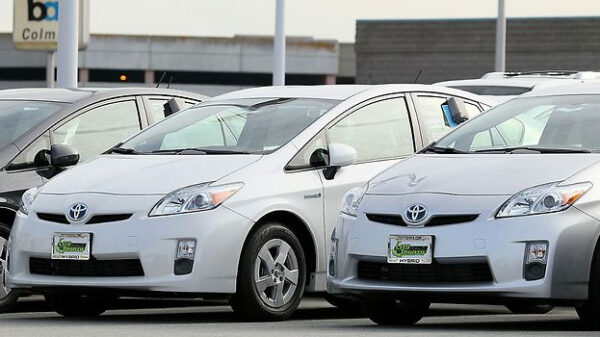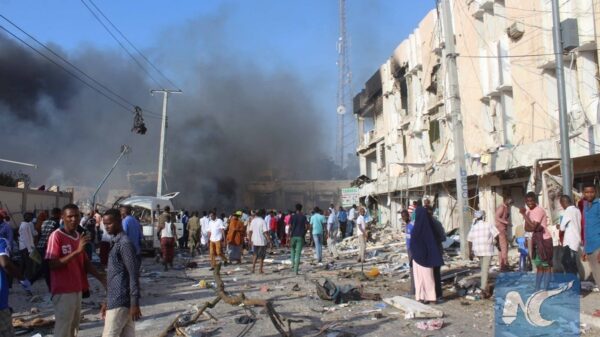
Hotels in Samburu County were in full capacity as both locals and international tourists swarmed to the location to witness the races/CFM
Hotels in Samburu County were in full capacity as both locals and international tourists swarmed to the location to witness the races.
The Samburu County government invested about Sh12 million while other partners chipped in about Sh8 million making the total investment Sh20 million.
“The Maralal Derby is more than just a race, it’s an entertaining festival of fun and local competition that brings this small desert town to life,” said Samburu County Governor Moses Lenolkulal.
Lenolkulal said the event is also used to create peace and harmony with communities in the region who suffer from banditry and cattle rustling.
He says the county plans to continue investing in tourism more so into community conservancies in a bid to maintain the peace and give Samburu County residents alternatives for income other than selling and buying of cattle.
With the success of the derby, Kenya Tourism Board Managing Director Muriithi Ndegwa highlights three important lessons that will transform the tourism sector.
Tourists are hungry for Kenya
The 26th edition increased its numbers of country participants from 12 in 2014 to 18 as well as entries from 40 to over 120 participants.
“This is a clear indication that tourists are hungry for Kenya,” Ndegwa told Capital FM Business.
The derby comprises two races; the amateur and professional races.
Particularly, this year’s derby had three heats for the amateurs up from only one race in 2014 in a bid to ensure that all participants got a chance to race.
The professional’s derby takes place a day later, and only had one race.
“We are particularly interested in the amateur race as this indicates how many more tourists have come in. This year is quite successful, as we have doubled the number of participants; we are hoping to make the event more popular especially to Kenyans, it can be another Masaku Sevens,” Ndegwa said.
We need to diversify our tourism products
The derby was also an opportunity for Samburu County to showcase its culture which it did through a traditional wedding and an initiation ceremony.
Both events happen at 6am in the morning before the official commencement of the derby.
Apart from the wedding, the county also had an opportunity to showcase its eco-tourism products that include the Malasso escarpment, a landscape that showcases the Suguta Valley where tourists can go down the escarpment on foot.
“The county is planning to construct a camping site near the escarpment to increase the number of tourists that visit,” said Lenolkulal, pointing out that his government is planning to add more hotels in the county to cater for the growing number of local and international tourists.
Other attraction sites located near Maralal town include Kenyatta House gazetted in 1972 as a national museum – Kenya’s first president was detained here for one and a half years.
“We receive about 200 visitors a day both locals and international, the number is higher during the camel derby. This is also where negotiations for Kenya’s independence was done,” said Curatorial Assistant Phillip Letunda.
According to KTB’s Ndegwa, eco-tourism is one way the board is working on diversifying Kenya’s tourism products, in a bid to break away for the coast beaches and the big five.
Convergence
“The success of the Carmel Derby is not just the work of the county government. We have worked hand-in-hand with the KTB and other sponsors who gave out their time and money,” Governor Lenolkulal said.
On his part, Ndegwa said that KTB cannot do it on its own. Both county and national governments need to come together and market the country.
“The 47 Counties need to come up with tourism opportunities that they can market both locally and internationally, and also partner with other stakeholders to make it successful,” Ndegwa said.
In 2015, Kenya is expected to restore its position as a key African destination for tourists owing to the ongoing upcoming events in the country.
“Unites States President Barack Obama’s visit was such a positive reassurance to the market… we are looking forward to World Trade Organisation (WTO) ministerial conference in December and Pope Francis visit in November among other events.”
“We are expecting the country to fully recover in 2016 and hope that the 2017 General Election won’t have any negative effect,” Ndegwa concludes.


































